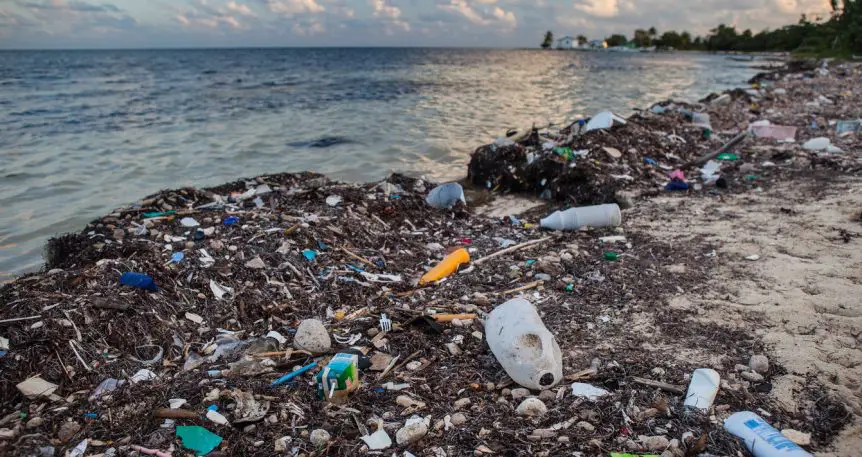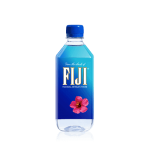Water pollution is one of the world’s most pressing issues. Unfortunately, the problem is constantly exacerbated by consumers. Since very few people are prepared to begin buying fewer things from grocery stores, fast food restaurants, and elsewhere, the only practical way to cut down on the bulk of water pollution that the world is currently plagued by is for restaurants to wave goodbye to plastic straws, manufacturers to get rid of plastic packaging, and for businesses to not support manufacturers that do, in fact, use irresponsibly-sourced packaging.
Even though most people are fully aware of the fact that planet Earth is full of polluted ocean water, objectively few people understand the specifics of the pollution problem society is currently facing.
Here are several interesting facts about water pollution in 2022-2021 to 2020, 2018 & 2019.
China is home to worse pollution than anywhere else on planet Earth
The People’s Republic of China is widely known as the world’s most active manufacturer. It has achieved this status by offering high-quality outputs at prices lower than anywhere else on the planet. Did you know that nearly half – 40 percent – of bodies of water in China are thoroughly polluted? Further, about 700 million Chinese nationals consume this contaminated water on a day-to-day basis. When compared to the total population of the People’s Republic of China, 700 million people make up more than half of everyone who lives in the country.
How much garbage is dumped into the ocean each and every year?
We humans create far too much trash that doesn’t readily disintegrate on its own. Much of this trash is placed in landfills so that animals and other organisms aren’t negatively affected by it before it breaks down into nothing. Outside of landfills, the best place to dump trash – in the eyes of open and free litterers, that is – is in the ocean. Unlike rivers and streams, trash thrown into the ocean can eventually sink to the bottom and never be seen again.
Unfortunately, a whopping 14 billion pounds of plastics are dumped into the ocean each year. This activity often causes ocean-dwelling wildlife to pass away or move somewhere else.
Wastewater – do you know what it is?
Water that humans have already used to wash dishes, shower, or cook, for example, is known as wastewater. Wastewater doesn’t just come from individuals’ and families’ homes, as businesses, organizations, and farmers contribute a fair amount of wastewater to planet Earth.
Did you know that over 80 percent of wastewater contaminates groundwater and other parts of Earth before it’s been reused, filtered, or otherwise treated?
Soon enough, people will struggle to find sufficient drinking water
Humans are responsible for dumping some 1.2 trillion gallons of untreated wastewater back into bodies of water, ranging from the vast ocean to tiny streams that go on to form rivers.
Thanks to all the water we pump back into planet Earth without treating it, roughly 47 percent of people around the globe will struggle to find sufficient stores of drinking water by 2050.
Plastic is popular for a reason
You’ve probably noticed that seemingly everything we purchase is wrapped in plastic. Plastic is cheap to produce, it can serve several different roles, plastic can be molded into specific shapes and withstand serious damage.
This is why many businesses continue to use plastic even though we know it’s not good for the environment.
Recent statistics indicate that about 18 billion pounds of plastic waste drains into the world’s oceans each year from coastal areas alone. In other words, this equates to five grocery bags’ worth of plastic garbage for every foot of coastline around the globe.
Roughly one-fourth of humanity drinks contaminated water regularly
The United Nations estimates that some 1.8 billion people hailing from countries around the globe drink water that is contaminated with fecal matter – poop. Drinking poop-infused water can result in serious illnesses like dysentery, typhoid, and polio rearing their ugly heads.
We must become able to treat wastewater more effectively so that people can conserve water. Currently, we defecate where we drink far too frequently than we should. This makes most people living in the Western world the shakes just thinking about drinking such nasty water.
Low-income countries have it a lot worse than their better-off counterparts
In terms of total wastewater successfully treated by sewage treatment plants, low-income countries typically only treat an average of 8 percent of their respective wastewater. High-income countries, including Canada, the United States, Germany, and Japan, are able to treat an average of 70 percent of wastewater before it gets absorbed by the Earth again.
Earlier, we talked about China – let’s talk about the United States now
It’s difficult to believe that some 40 percent of lakes across the United States are jam-packed with so much pollution that they’re not considered safe enough for swimming, aquatic animals and organisms to live there, or fishing?
A similar statistic about China was detailed earlier in this article. It made sense because China is known for manufacturing so many outputs. Maybe it’s not shocking for readers in other countries, but as a United States citizen, learning that roughly 40 percent of American lakes are so polluted is nothing short of alarming.
Disasters have lasting effects on the cleanliness of water around the world
Seven years ago, the Japanese government was forced to dump roughly 2 million gallons of radioactive water into the Pacific Ocean after the 2011 Tsunami hit.
It’s true that nuclear reactors sometimes explode or are otherwise damaged, causing their radioactive contents to leak out into the environment. Such free-flowing radioactive material can cause birth deformities, cancer, and death.
In the future, nuclear power plants will be better able to dispose of radioactive material or even recycle it. Only time will tell when exactly that’s slated to happen.





